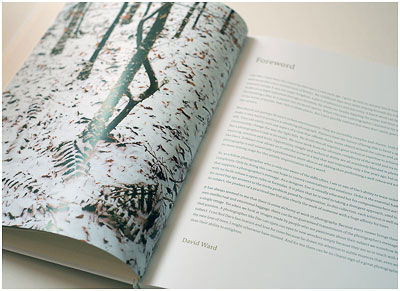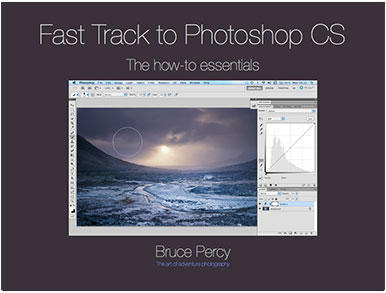I think that photography can be a lot stronger if it is created with a concept in mind, or if it exists as part of a concept.
Individual images, like individual sentences can be quite nice, but there’s often more depth to the work if the sentences are strung together to create a story. So too, with the photographic image.
Images on their own only go so far to tell us something but I often find I’m left feeling part of the story is missing. That’s why I find collections of images, arranged within a theme or as part of a narrative so much more engaging.
This month, Triplekite have just announced a series of books which fit into this category. Rather than producing individual books, they are focussing on producing a series that all fit together to create a unified body, which I think is a great idea.
David from Triplekite explained to me that: “It’s the ‘wholeness’ of the project that interested us when we began to work on it. Rather than looking at individual titles, I think there’s a strength to a body of work if it belongs as part of a larger theme”.
He struck a chord with me, because this is something that is at the heart of my own photography. I believe that when we prepare our work, we should consider how it fits into the bigger picture. I’m not a piecemeal photographer, and I believe that my ‘message’ is stronger when my images are presented in theme based portfolios.
With the three books I’m going to review here, they are presented with the same aesthetic values: all titles here have the same dimensions, the same page count, and although each book is a flexible vehicle for illustrating a wide range of photographer’s and also a wide range of projects, they ask to be considered as part of a whole.
David also explains that “for Triplekite, we are looking at this as an ongoing project - one in which we can, over time, add new titles, showcase lesser known photographers as well as some really well known ones - which we already have in the pipeline, but ultimately, make the collection a cohesive effort".
So clearly the the Discovery Series has been put together with the hope that owners of the collection will be attracted by the diversity and on-going exploration into different photographers work along with varying project remits.
Abisko Canyon, Sweden, September 2013, Image © Hans Strand. Used by kind permission.
Hans Strand - Intimate I
The first book in the Discovery series i'd like to review is Hans Strand's 'Intimate 1'. Clearly the title suggests that there are more intimate series to come, and I'm looking forward to them very much since Strand's work is of particular interest to me.
Until now, I was only aware of Strand's ariel 'abstractions'. In 'Intimate 1' he takes us in, closer - to a smaller intimate landscape. Seldom will you see the sky in any of the images contained in this collection which is something I admire, because quite frankly - I suck at it. It's very hard indeed to make such beautiful yet anonymous images and Strand excels at this. He is a meticulous photographer. His compositions are extremely well thought out and very fine indeed. He takes time to simplify them right down and show you only what you need to see, and nothing more. I can fully understand why this may be series 1 in an on-going collection for him.
I should note that this is by far my favourite book out of the Discovery series (at present).
Before I leave this book, I should take time now to say that I was particularly taken with Strand's Iceland book - also published by Triplekite - if you don't own it - then I strongly suggest you read my review of it here.
Reed, Lake Teen, November 2011, Image © Hans Strand. Used by kind permission.
Nianån River, February 1992, Image © Hans Strand. Used by kind permission.
Greg Whitton - Mountainscape
Loch Coire Mhic Fhearchair, Torridon, Scotland. Image © Greg Whitton. Used by kind permission.
"A love for all high places" - is perhaps the sentence that resonated with me upon reading Whitton's introduction to his book 'Mountainscape'.
Like Whitton, I had to endure endless hill walks as a youngster with my mountain-mad father. I'd often yearned for the time when I could choose for myself to avoid them. But just like Whitton has found in later life, the passion for the hills had already been ingrained from an early age. It seems we both could not escape the beauty of the mountains in our later years.
This book then, is a homage to his acknowledgement that he loves the high places, and perhaps without knowing it - it is also a tribute to his father's love of high places also.
Liathach, Torridon, Scotland. Image © Greg Whitton. Used by kind permission.
'Mountainscape' contains images shot up high, around many parts of the UK: Snowdonia in Wales, the Lake District in England, and many places in the Scottish highlands such as Torridon and Wester Ross to name a few.
Whitton's images are more intent on capturing the atmospherics of a place, rather than showing you some literal translation. I can almost feel the 'liquid-air' of the misty days I spent up in the mountains with my 'mountain-mad' dad.
Image © Chris Friel. Used by kind permission
Chris Friel - Framed
I've left this book till last, because it is perhaps the most adventurous of the three. The first two books could be easily classified as belonging to what many of us consider landscape photography.
But landscape photography should be, and can be, a whole lot more than the idea of recording verbatim scenery. As a creative person, I believe that photography is an art-form. I'm not particularly interested in recording a verbatim scene, but instead, I'm more intrigued by how we can interpret what we see and feel. This book falls distinctly into that realm for me.
Image © Chris Friel. Used by kind permission
Friel's images are like wild brush strokes. As Doug Chinnery notes in his fine introduction "they mimic the tantalising half glimpses we get of light and beauty through windows". So often I've been mesmerised by these 'half glimpses', and I would go so far as to suggest that many of us, if not all who love photography, are often caught by moments when the light shifts and a scene is altered for a fleeting moment.
Perhaps it is the short lived sense of something only being for a moment that I find most arresting when I'm drawn to something I wish to photograph.
Image © Chris Friel. Used by kind permission
Friel also uses frames found in the real world to frame his landscapes. Again, Chinnery notes "His frames are not regular, perfect, geometric shapes. Rather, they are the wild, free brush strokes of an artist at work". I think this is an accurate description of Friel's interesting use of the landscape to frame itself.
It's an interesting book and one which I think suggests that this discovery series may allow us to explore the wide gamut of what photography really is about.
These three titles on an individual basis, offer excellent value for money at £18.50 each. They are inexpensive, yet beautifully reproduced. They encourage me to think of collecting the set that Triplekite intend to release over the coming years, and I feel it's worth noting that keeping an eye on this series will reap rewards: you'll get to find out about photographers you hadn't heard of before, but you'll also be open to looking at a wide variety of projects. If you're a book collector like I am, then I would imagine that some of the titles may be very popular indeed, and knowing which ones to collect just makes it more enticing to collect the entire set.
I think Triplekite have offered a concept in photography book publication, which they should be admired for.
For more information, please see: Triplekite Publishing Website
















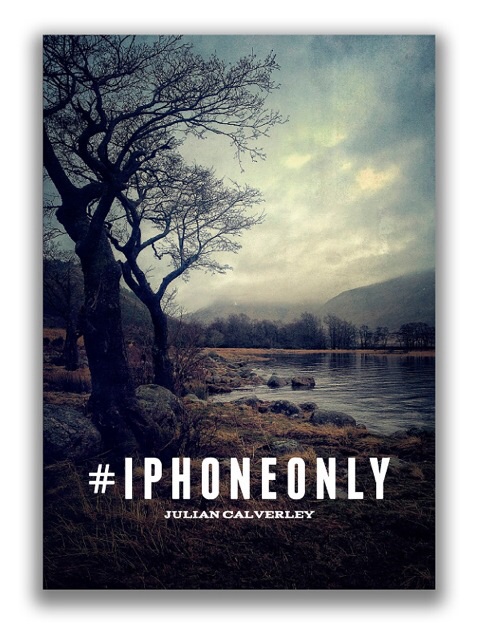
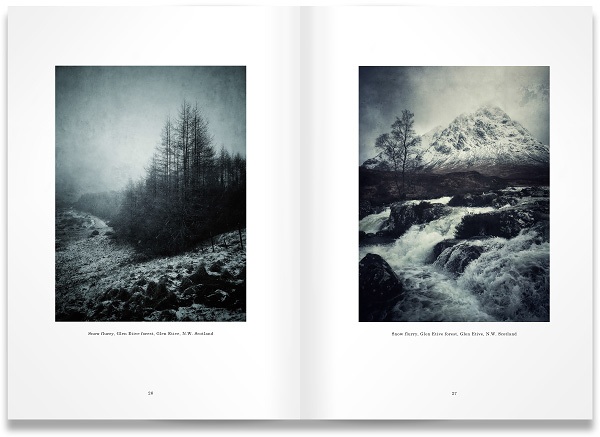 So what of Julian's book?
So what of Julian's book?
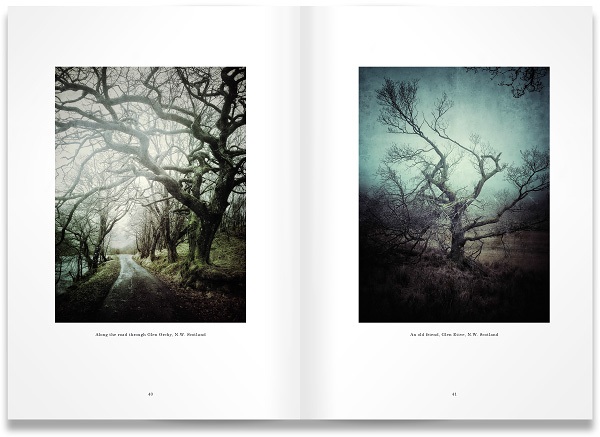
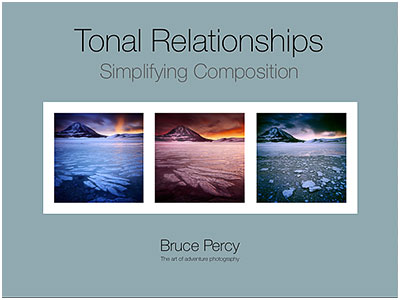
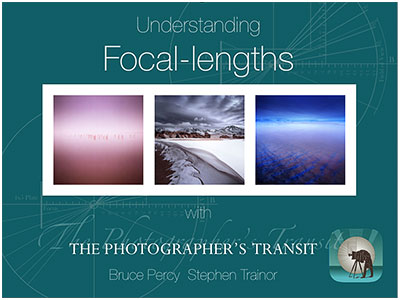
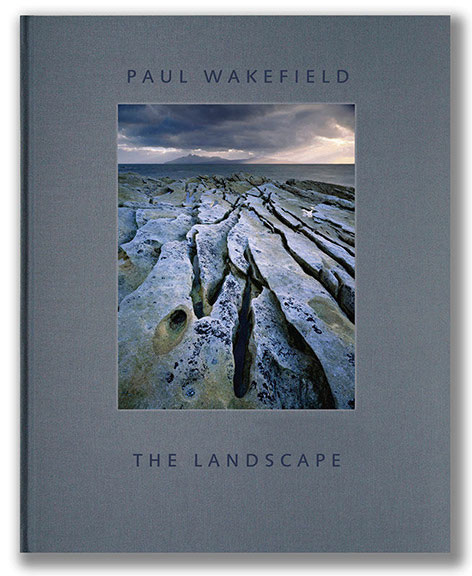
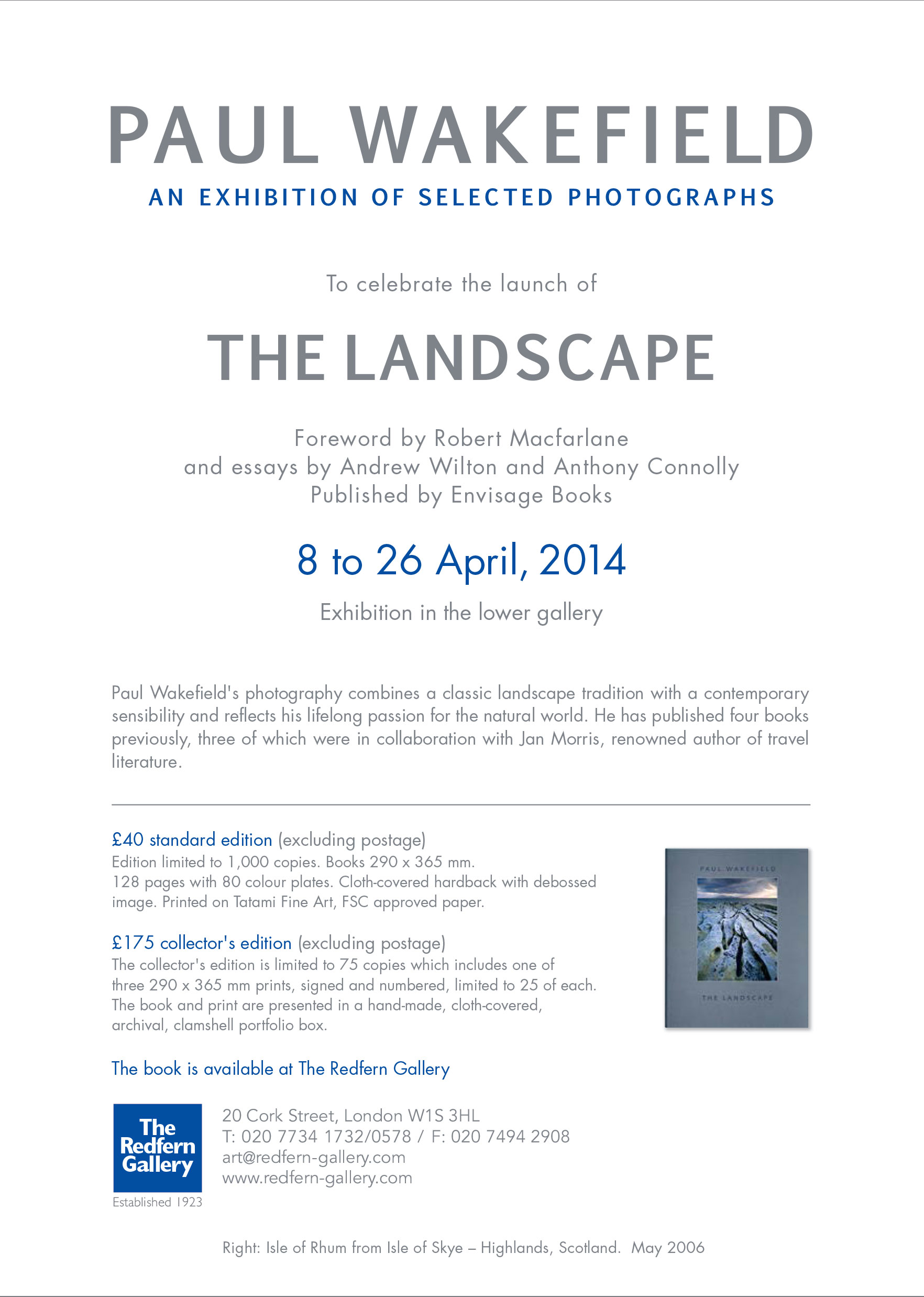
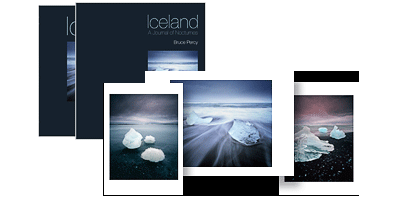
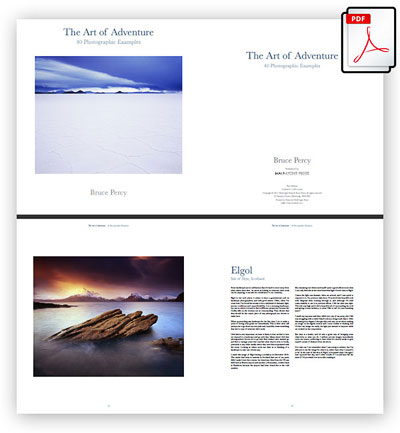
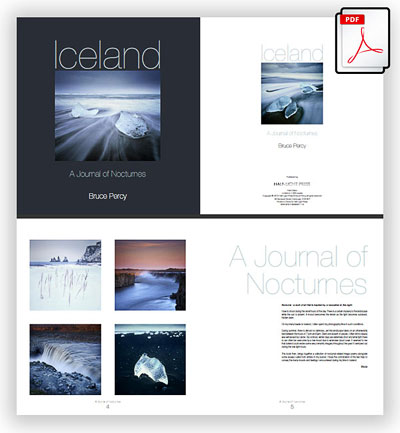
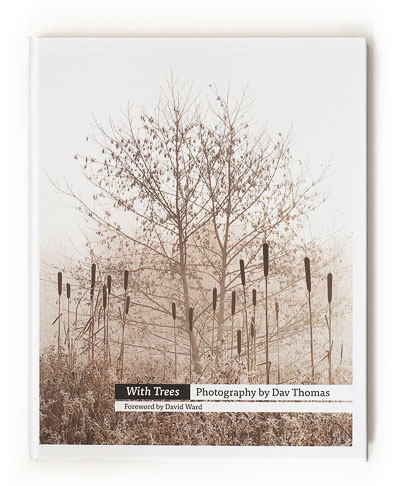
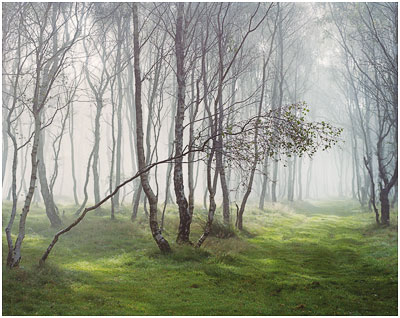
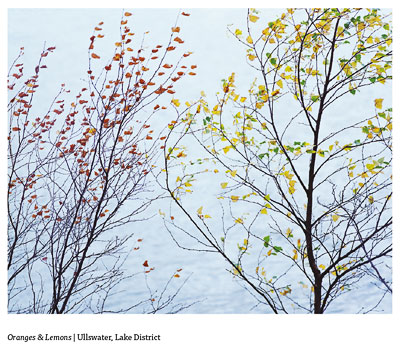
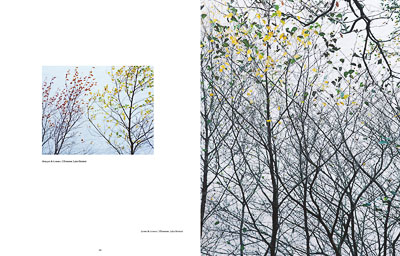 Although the book is a monograph, it is interspersed with Thomas' observations of how trees exist and relate to their surrounding environment. I loved the text, because for me, it echoed pretty much what I saw and felt in his work: a deep fascination for the relationship between tree, undergrowth and moss. Thomas seemed to me very much like someone who has spent time around his subjects getting to know them in all their seasons and different atmospheric environments.
Although the book is a monograph, it is interspersed with Thomas' observations of how trees exist and relate to their surrounding environment. I loved the text, because for me, it echoed pretty much what I saw and felt in his work: a deep fascination for the relationship between tree, undergrowth and moss. Thomas seemed to me very much like someone who has spent time around his subjects getting to know them in all their seasons and different atmospheric environments.